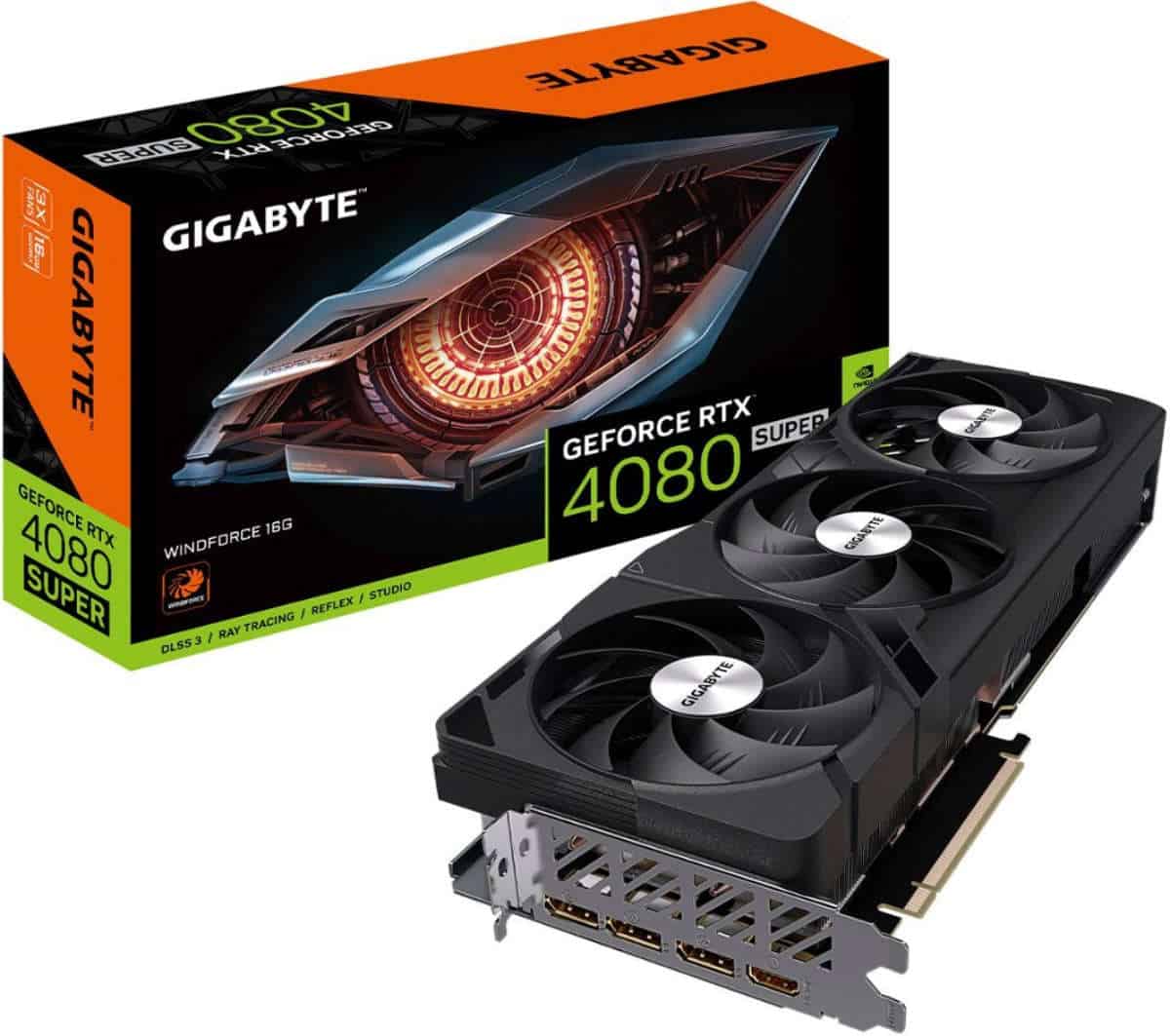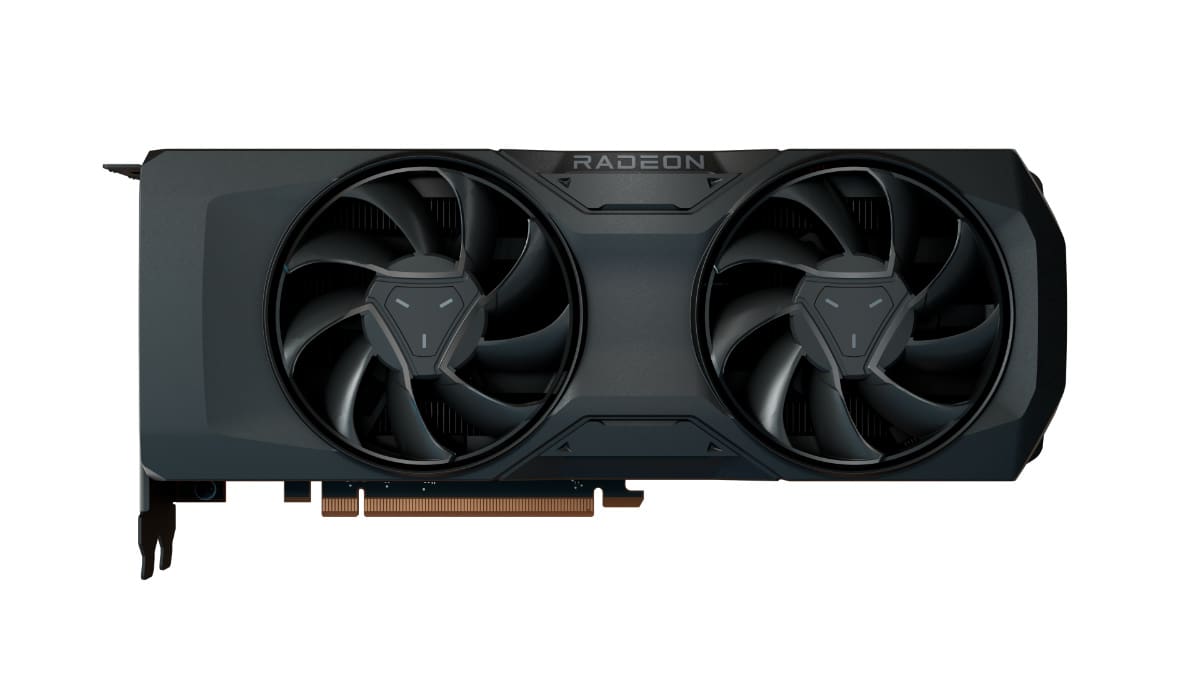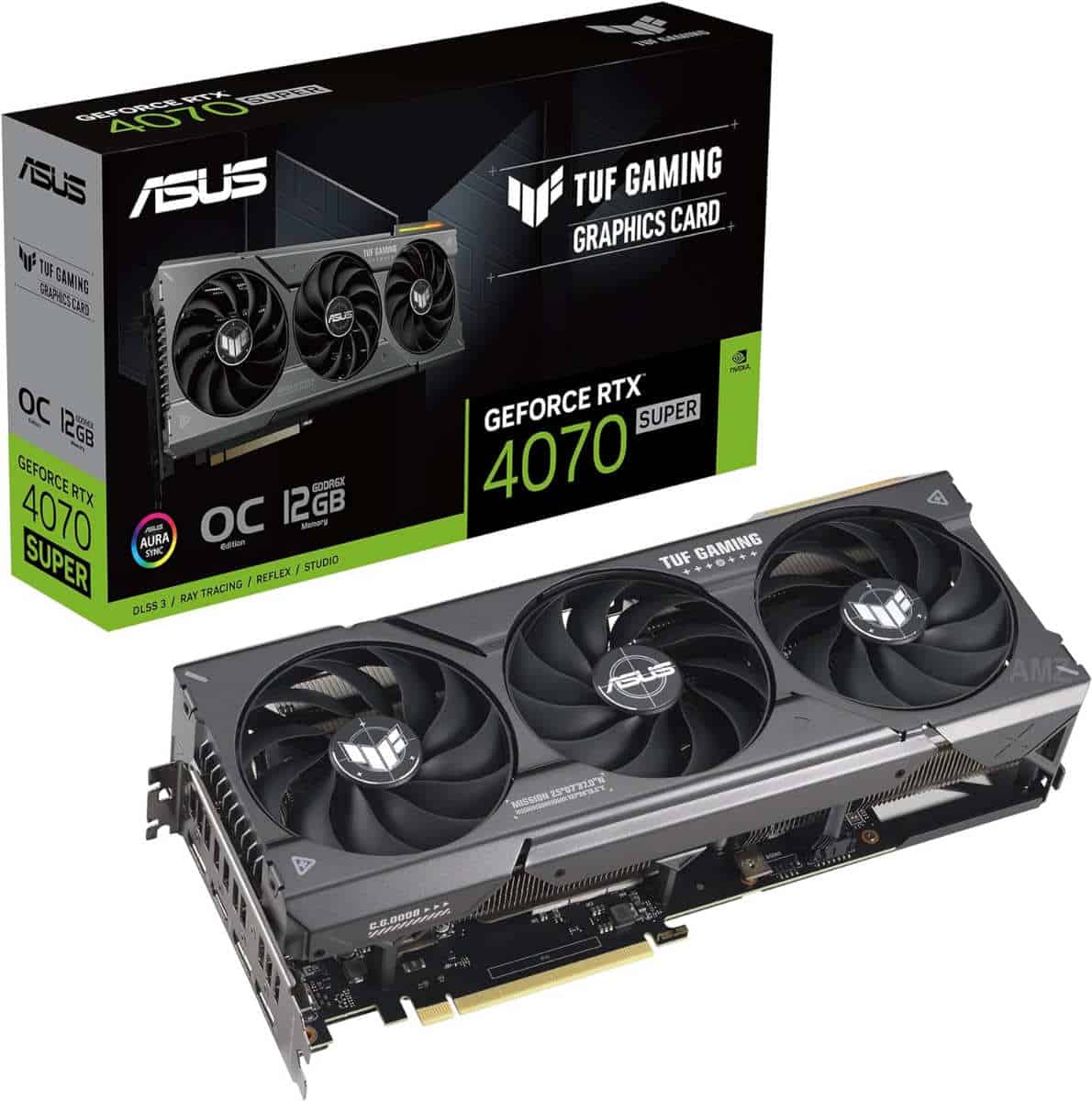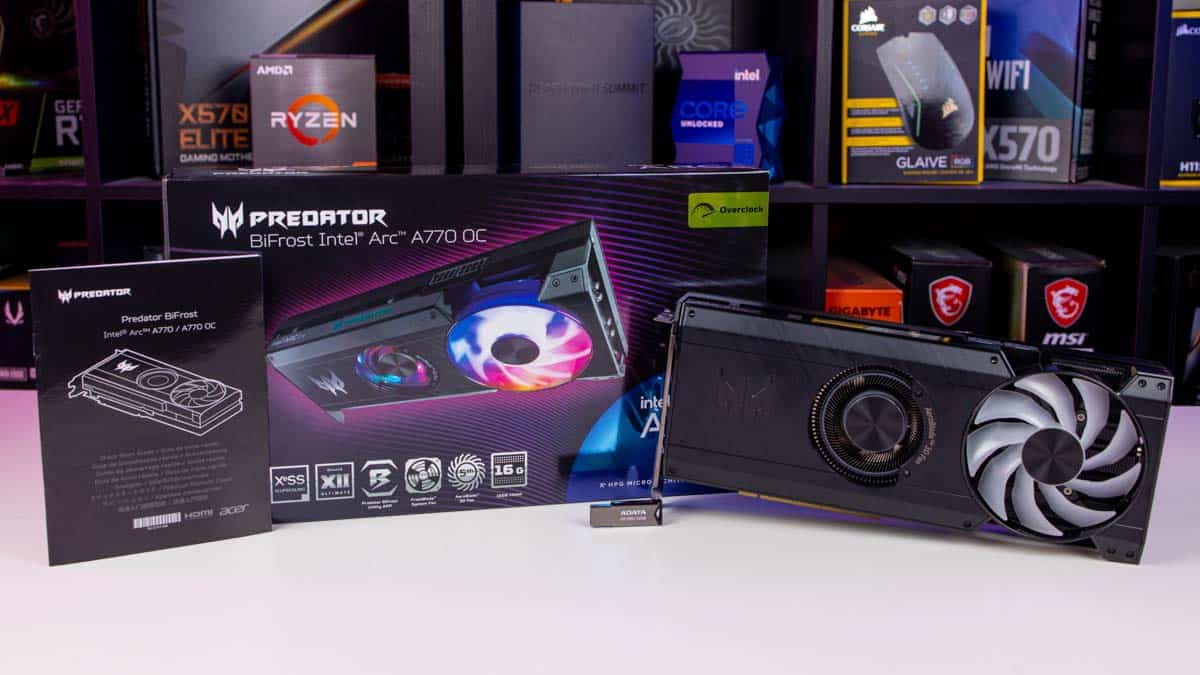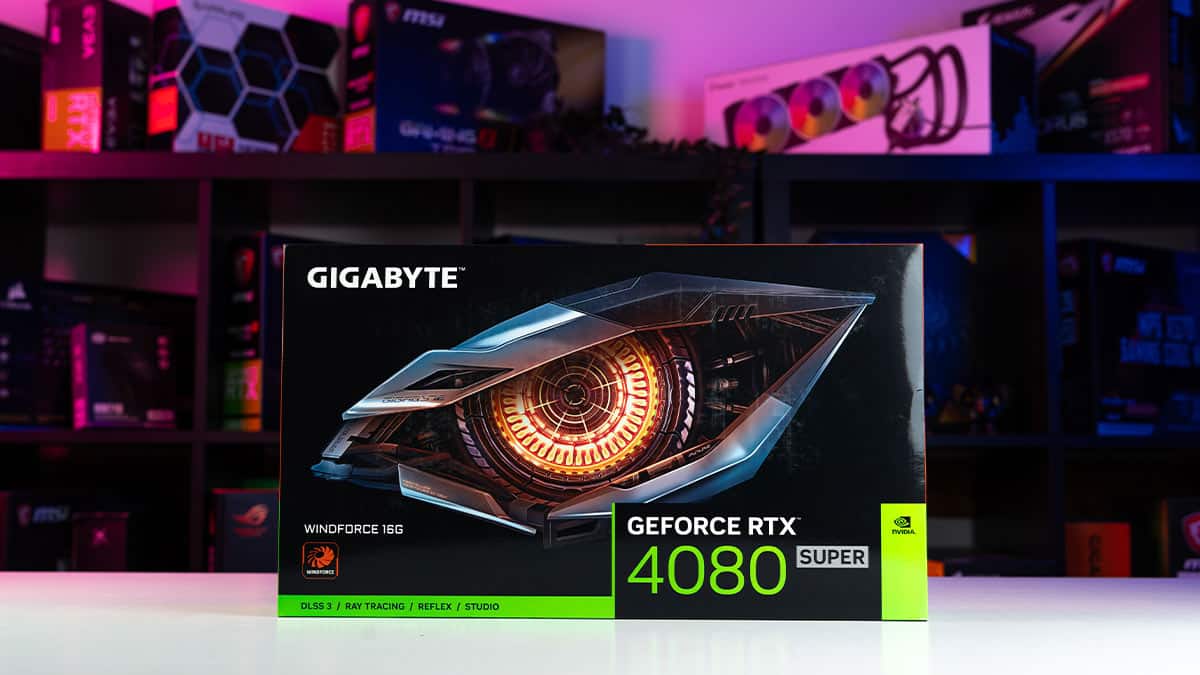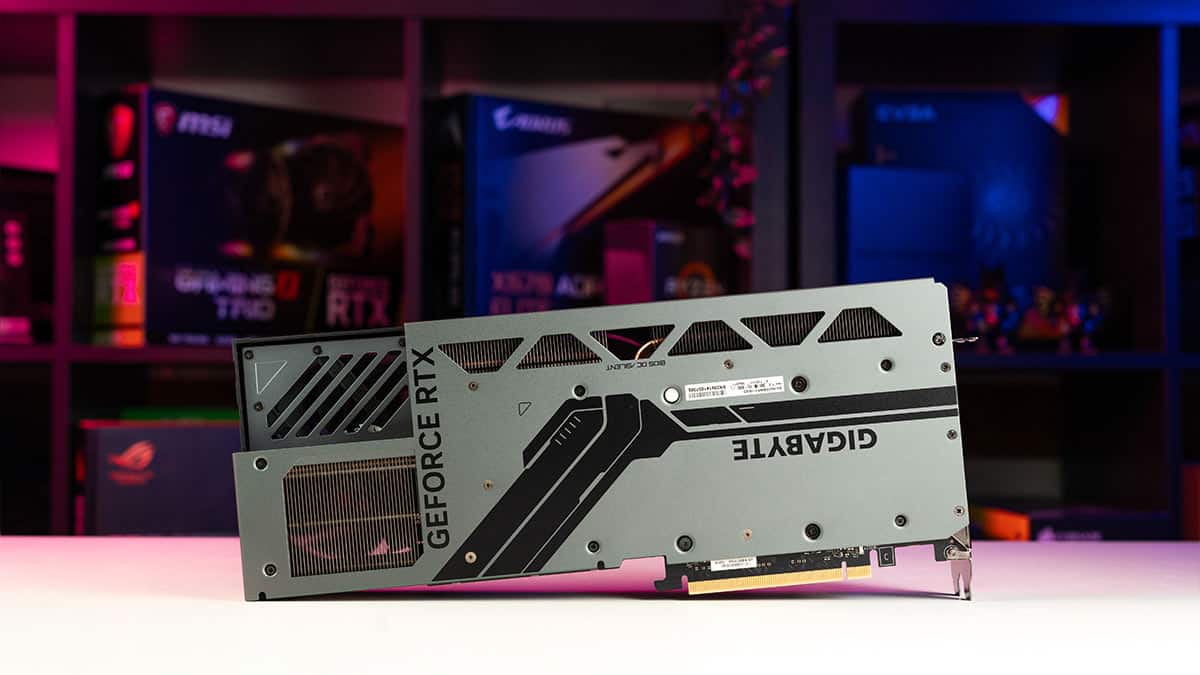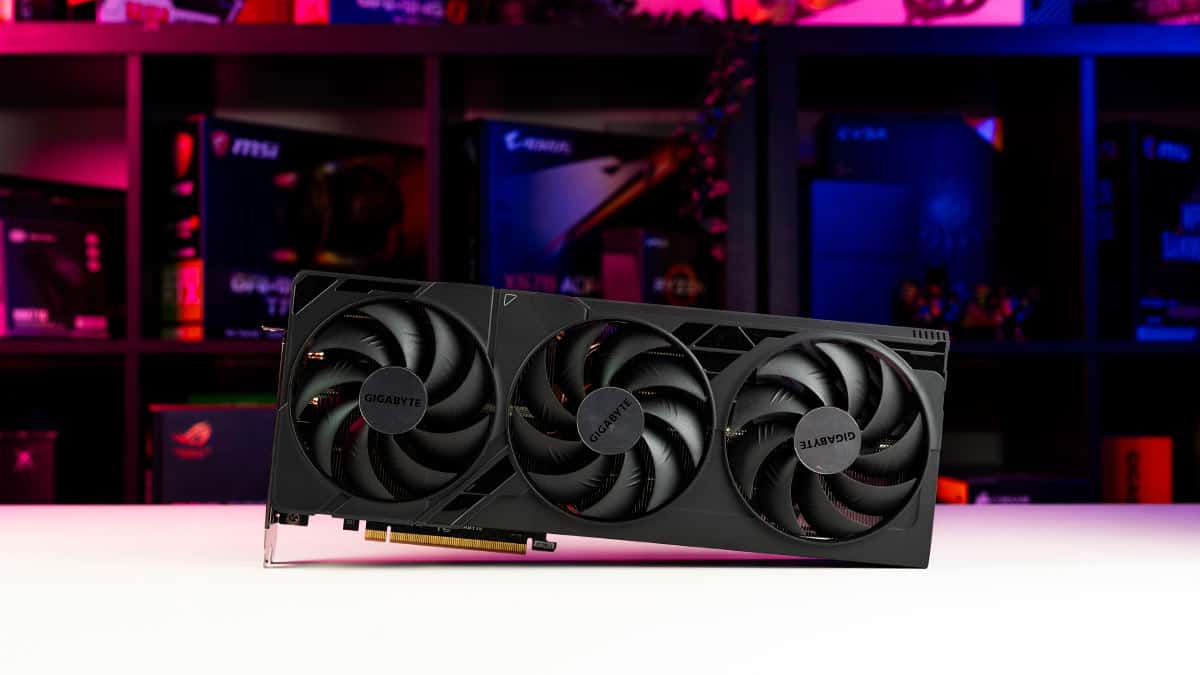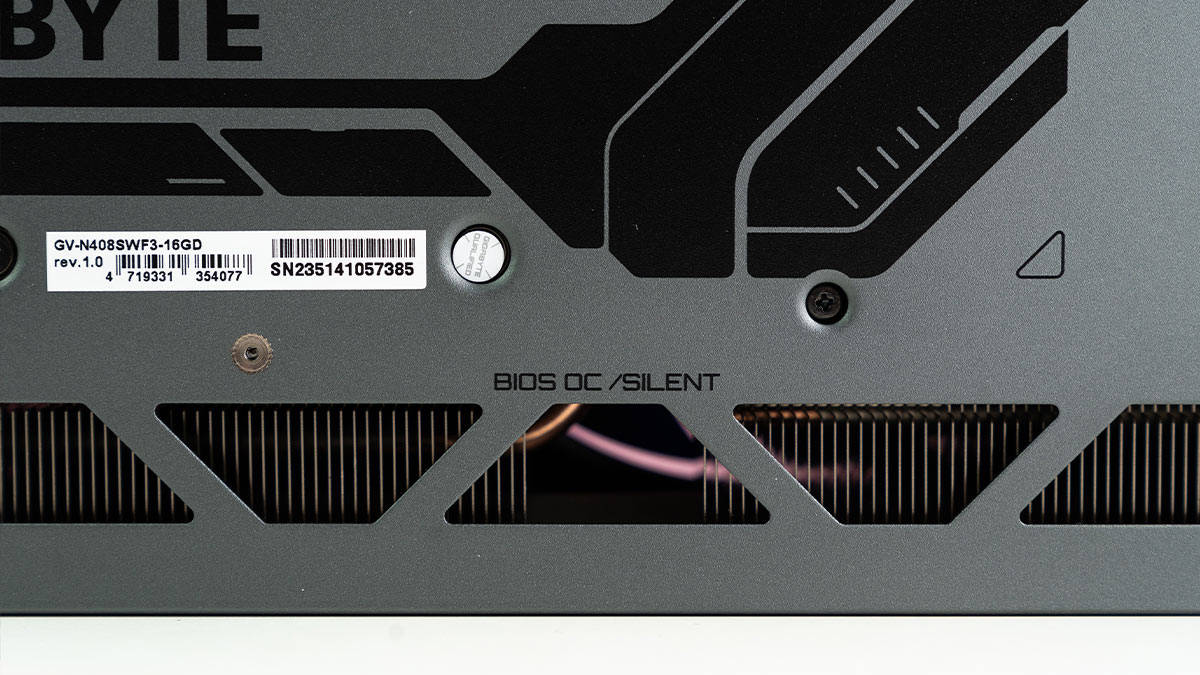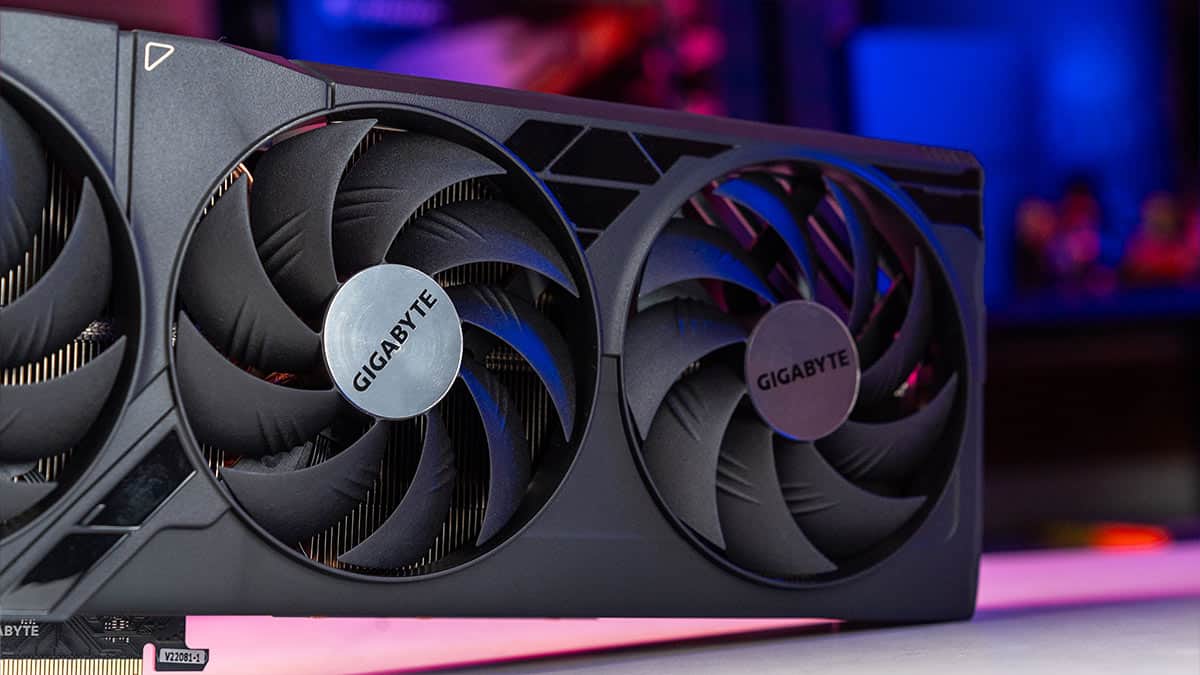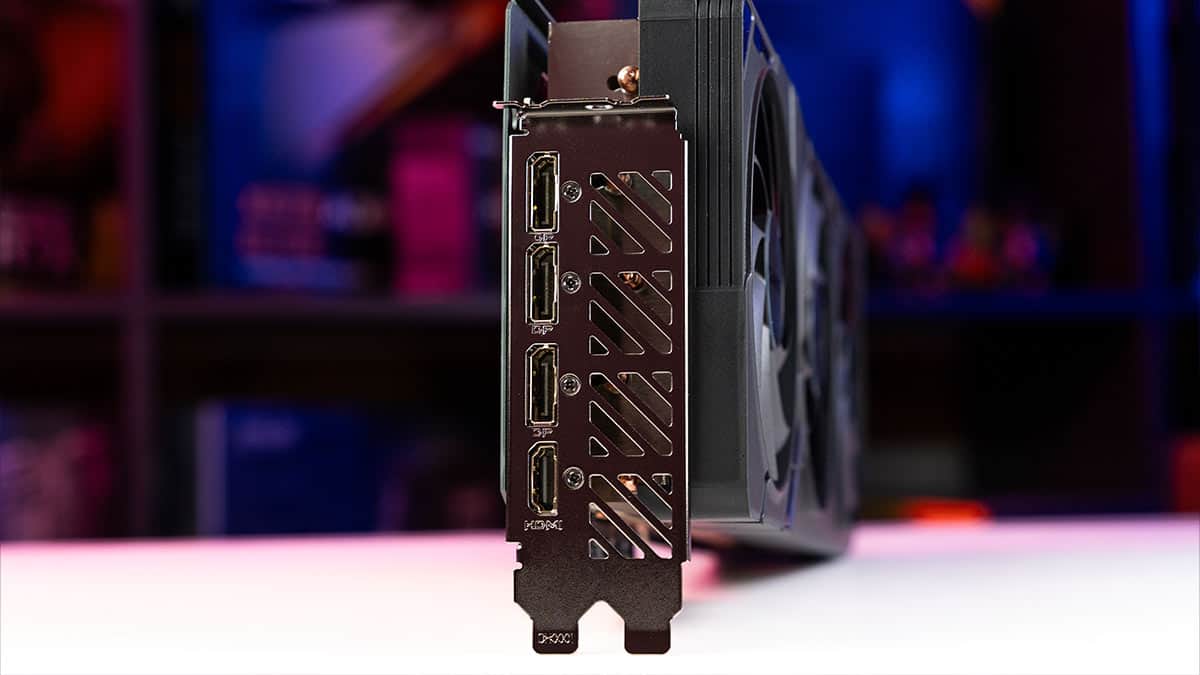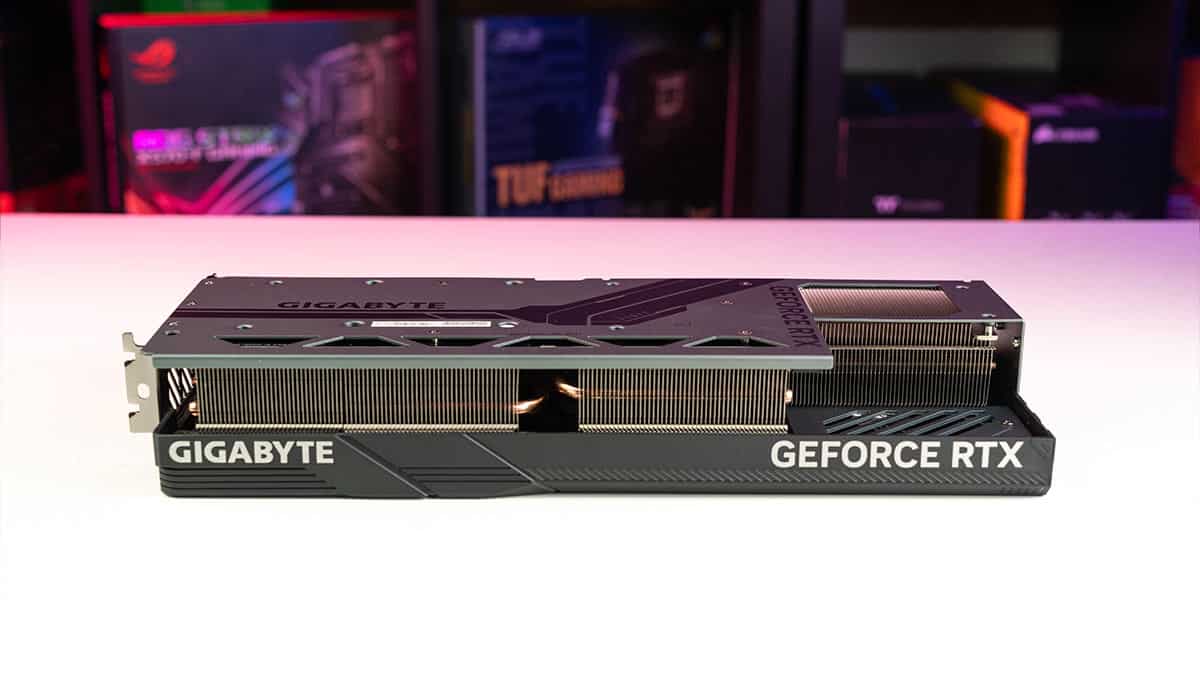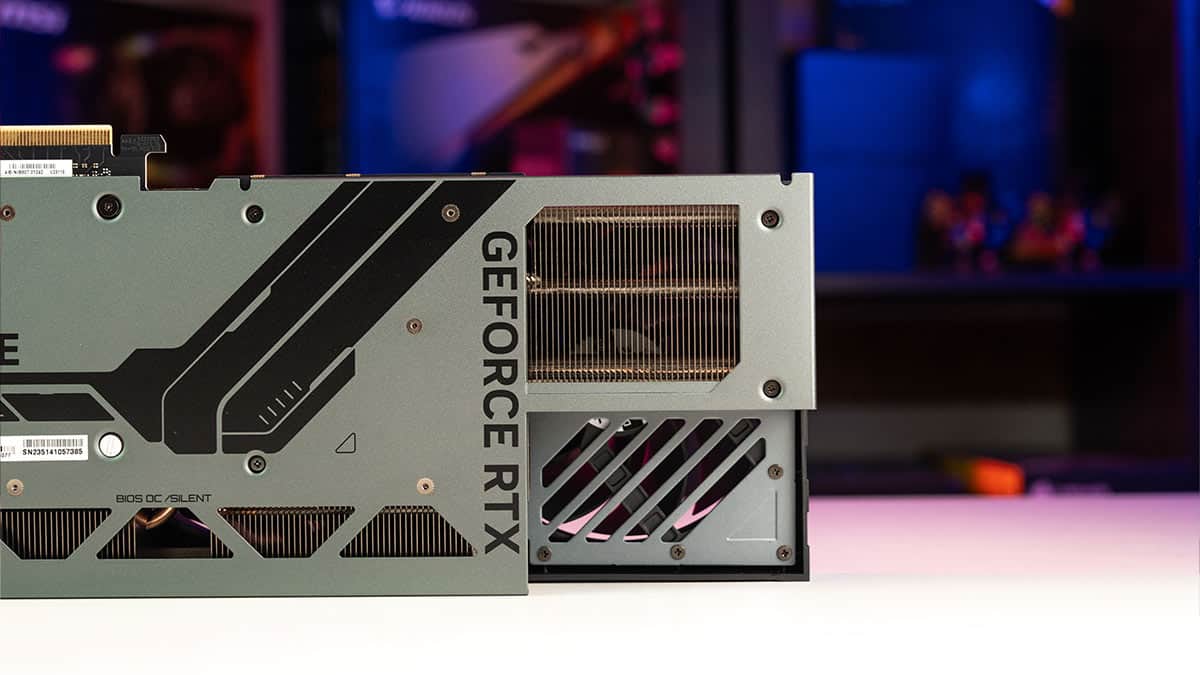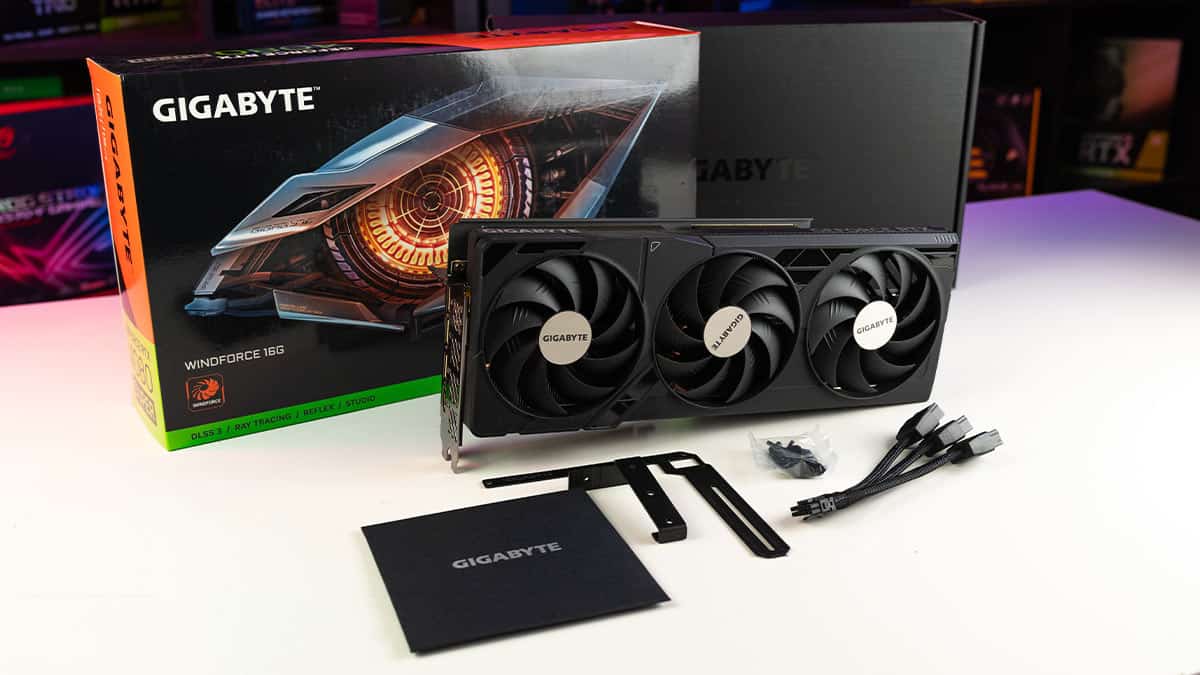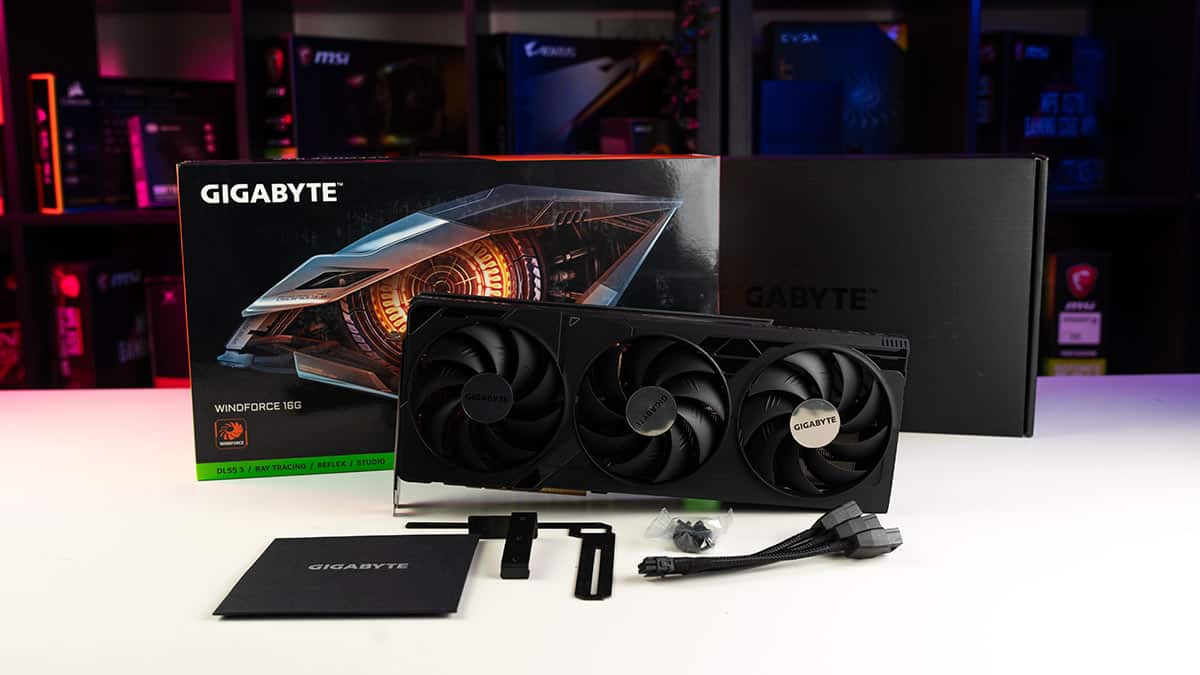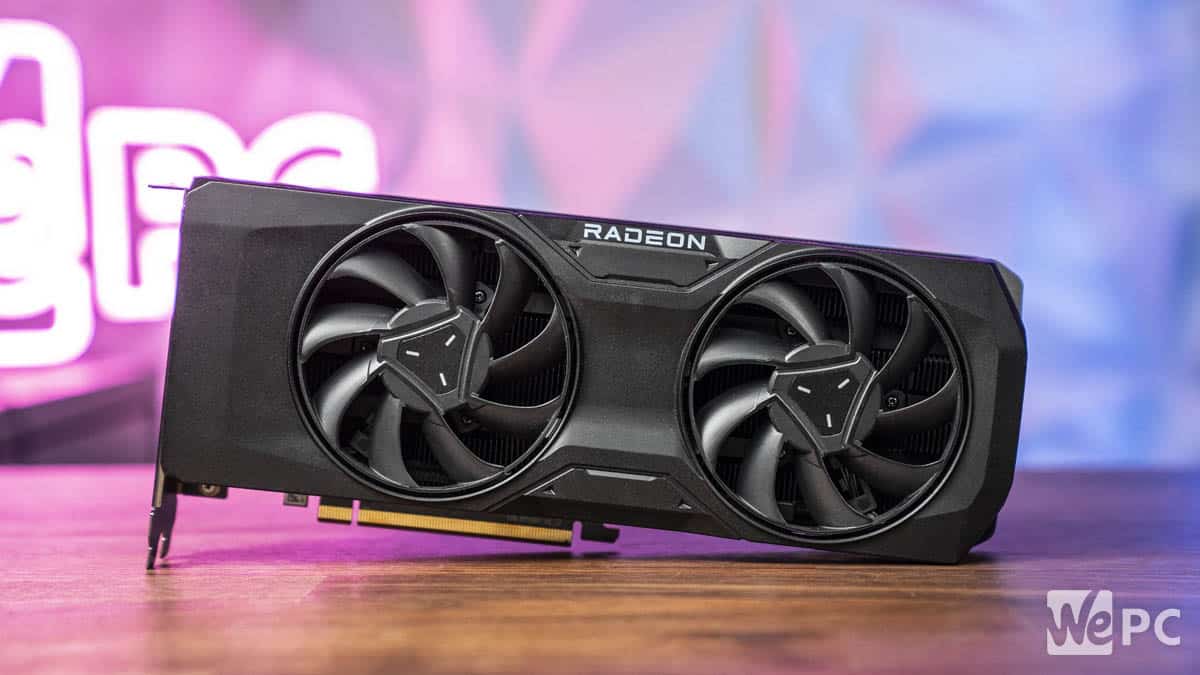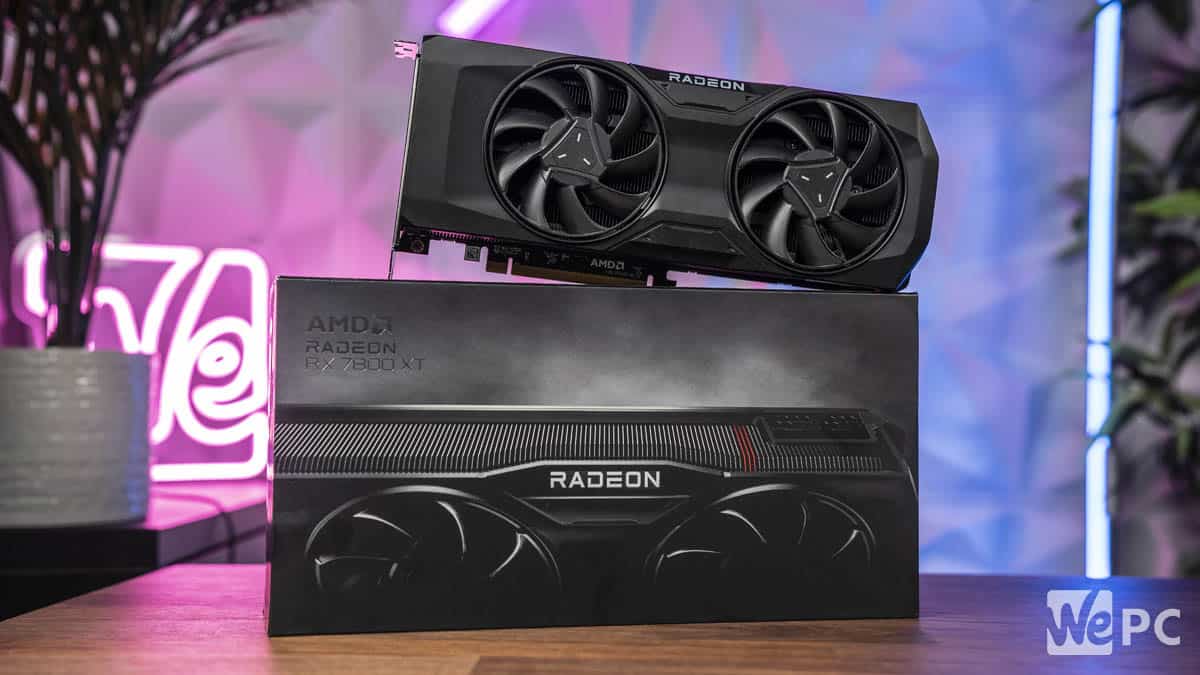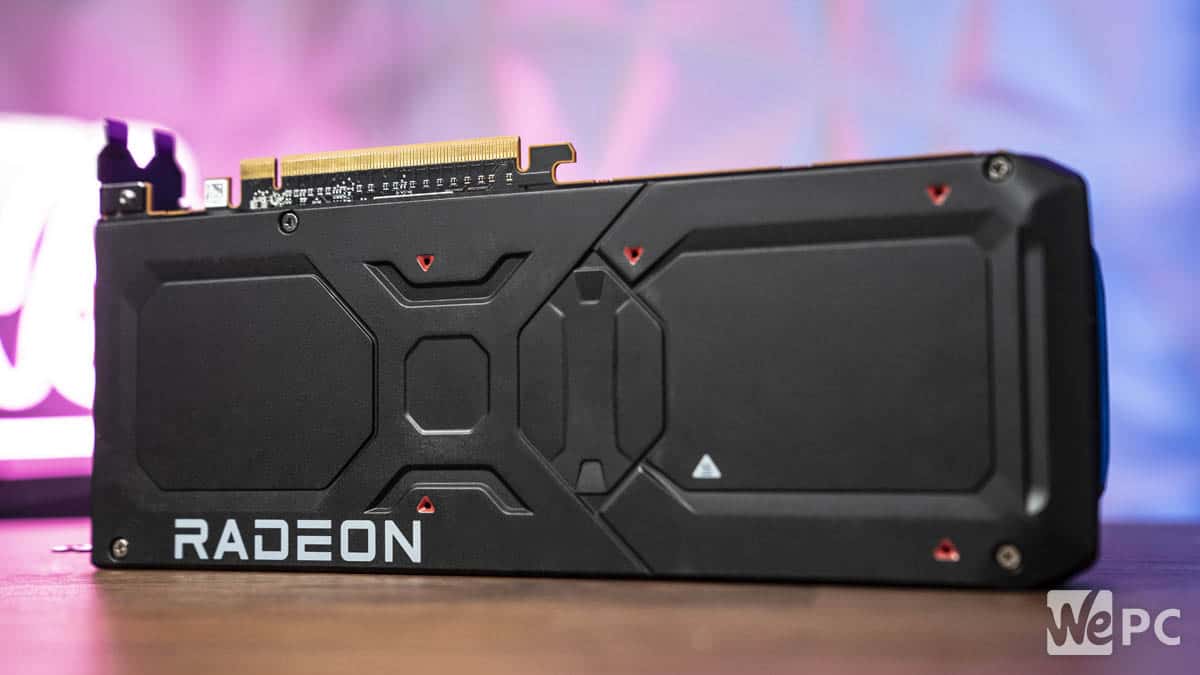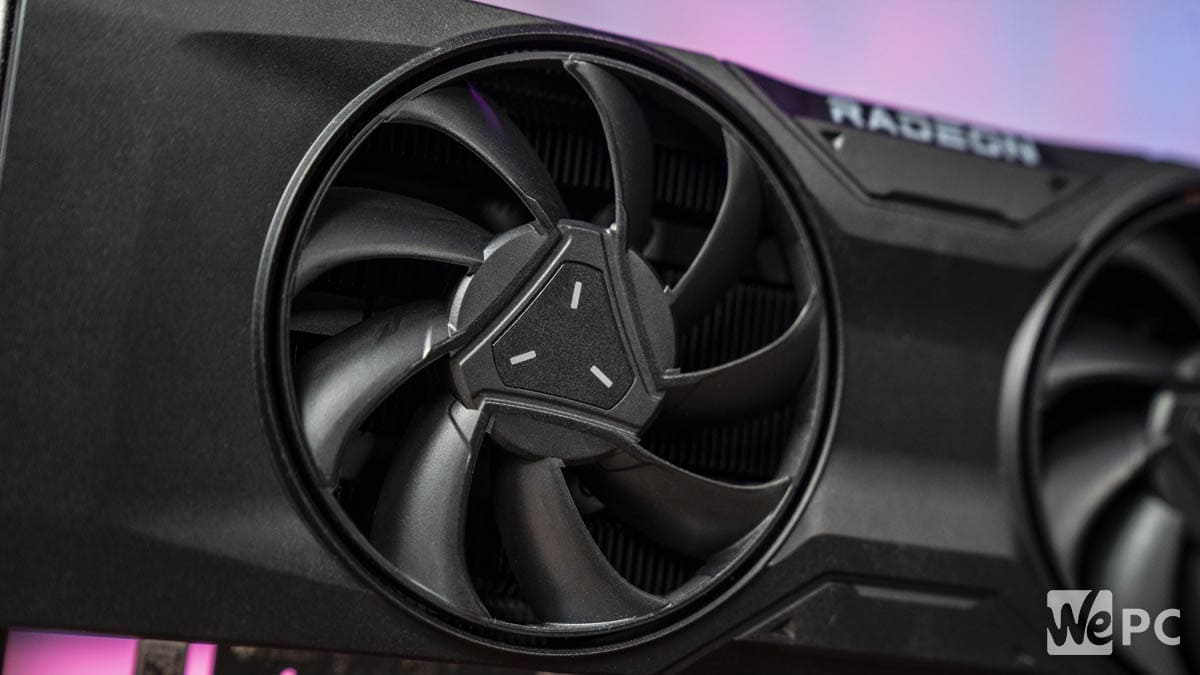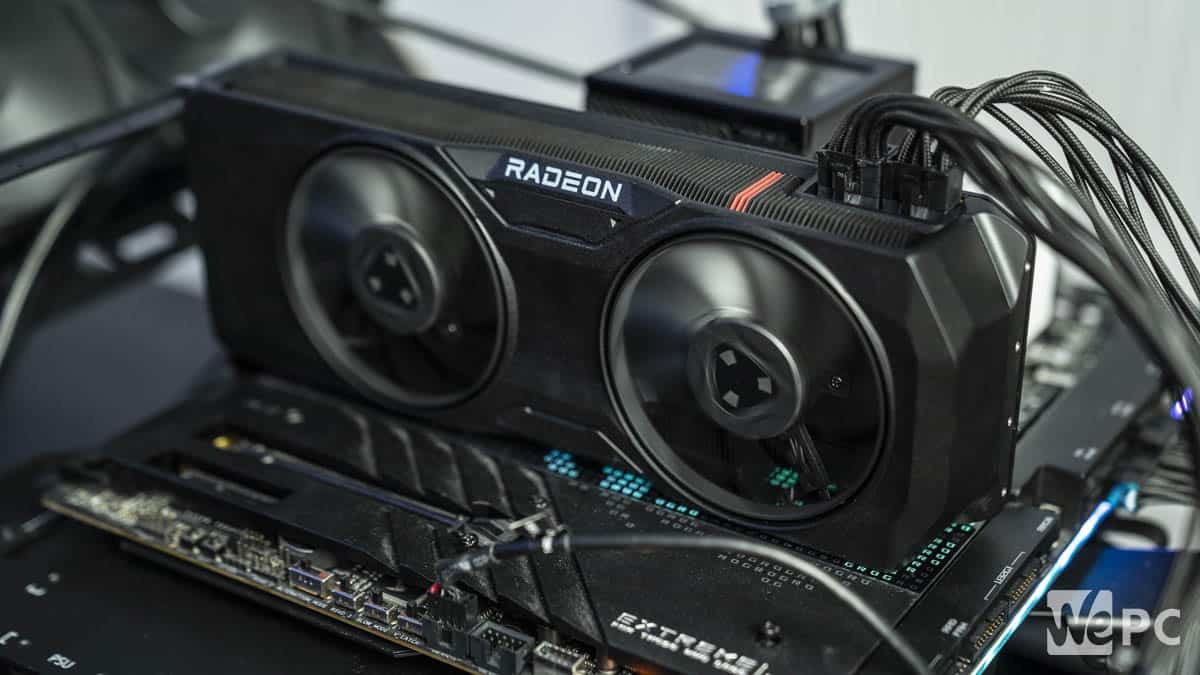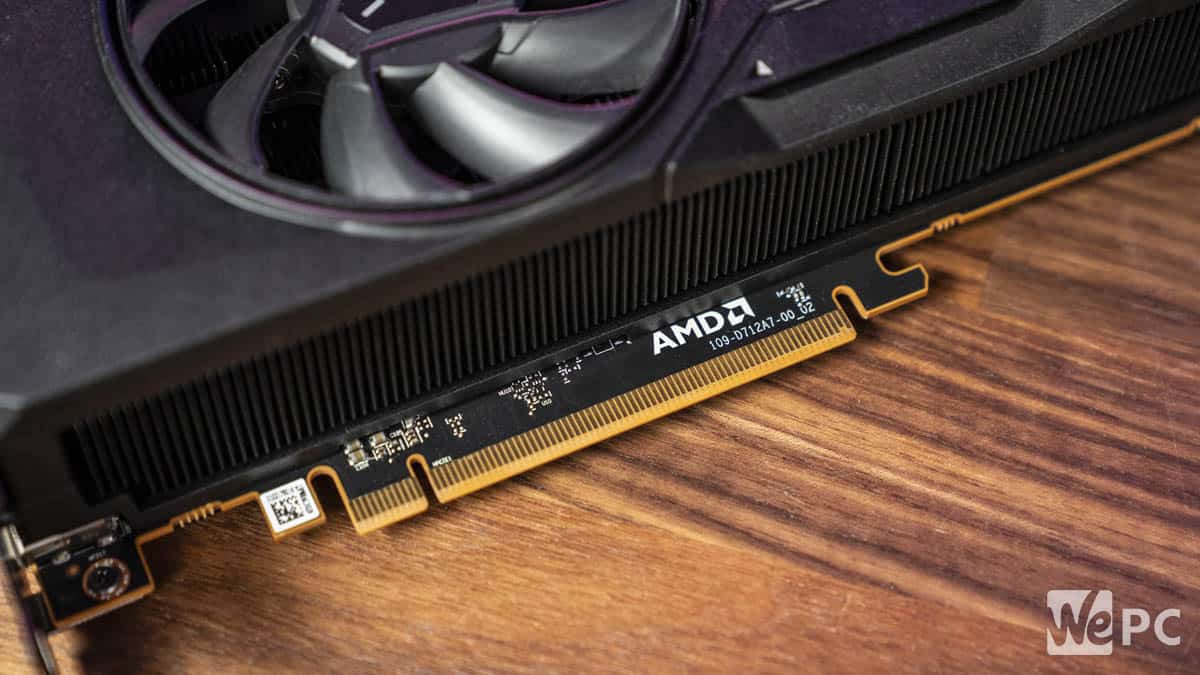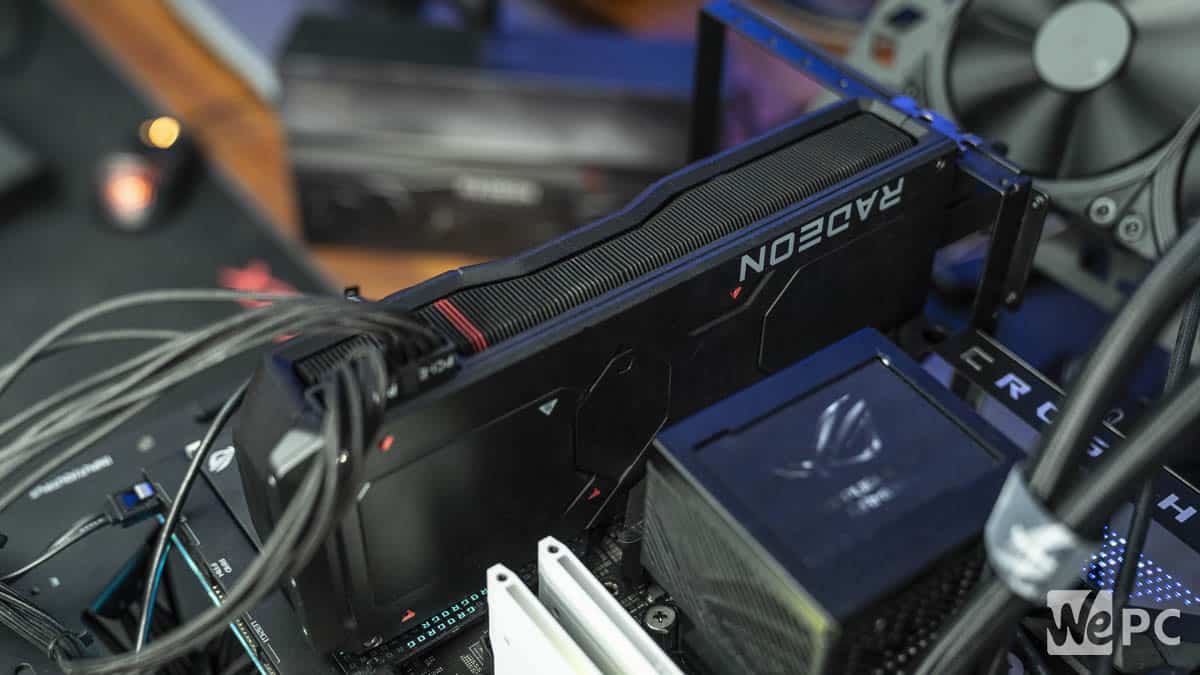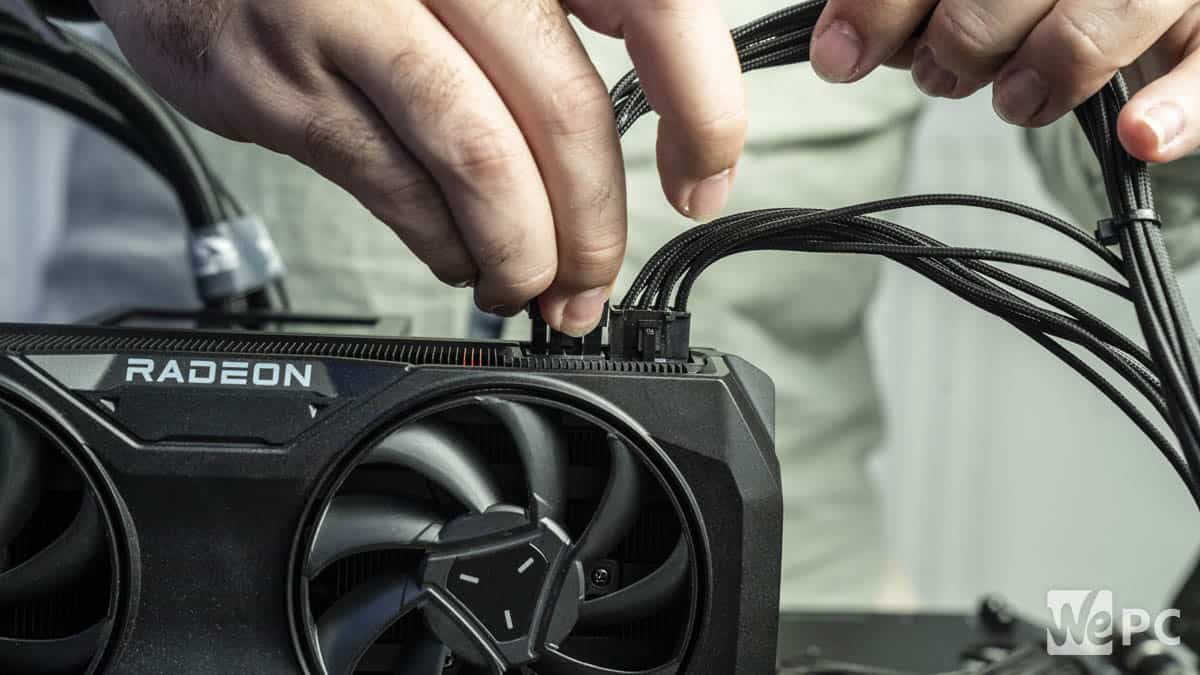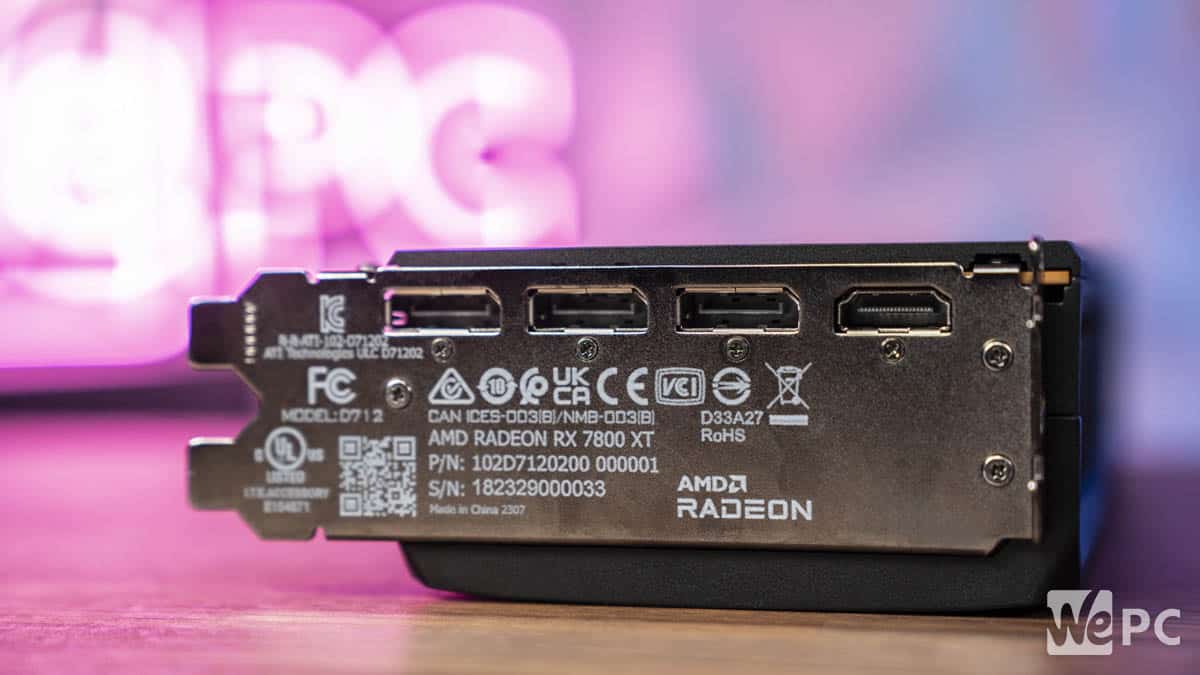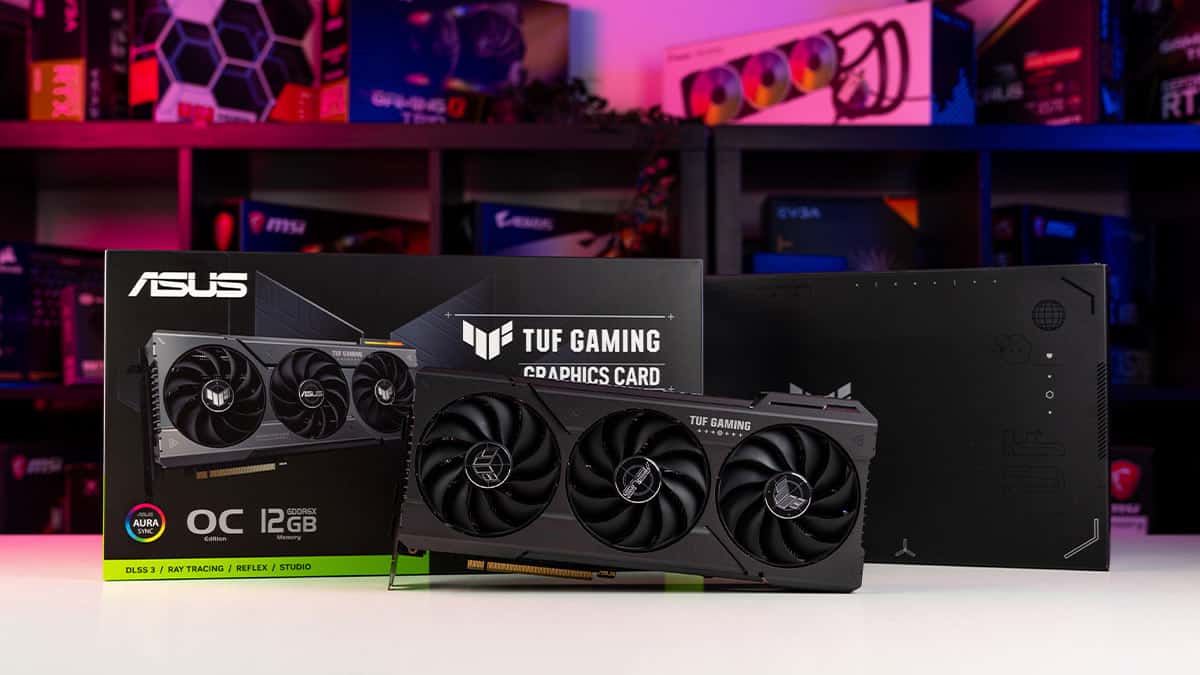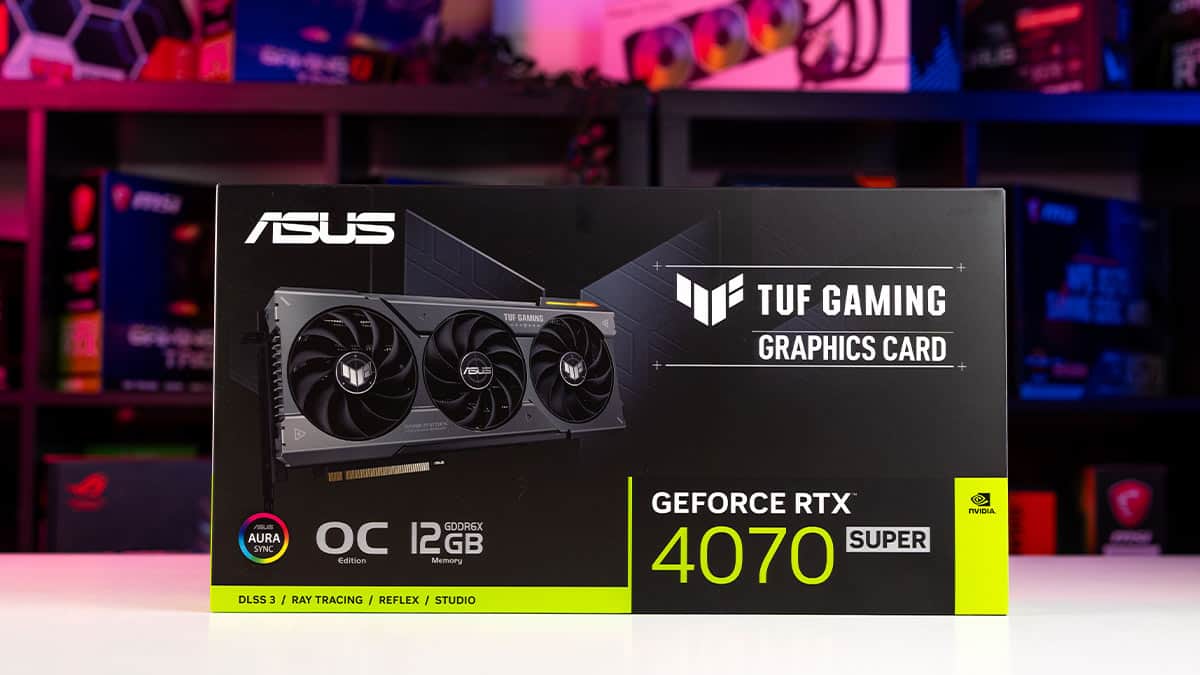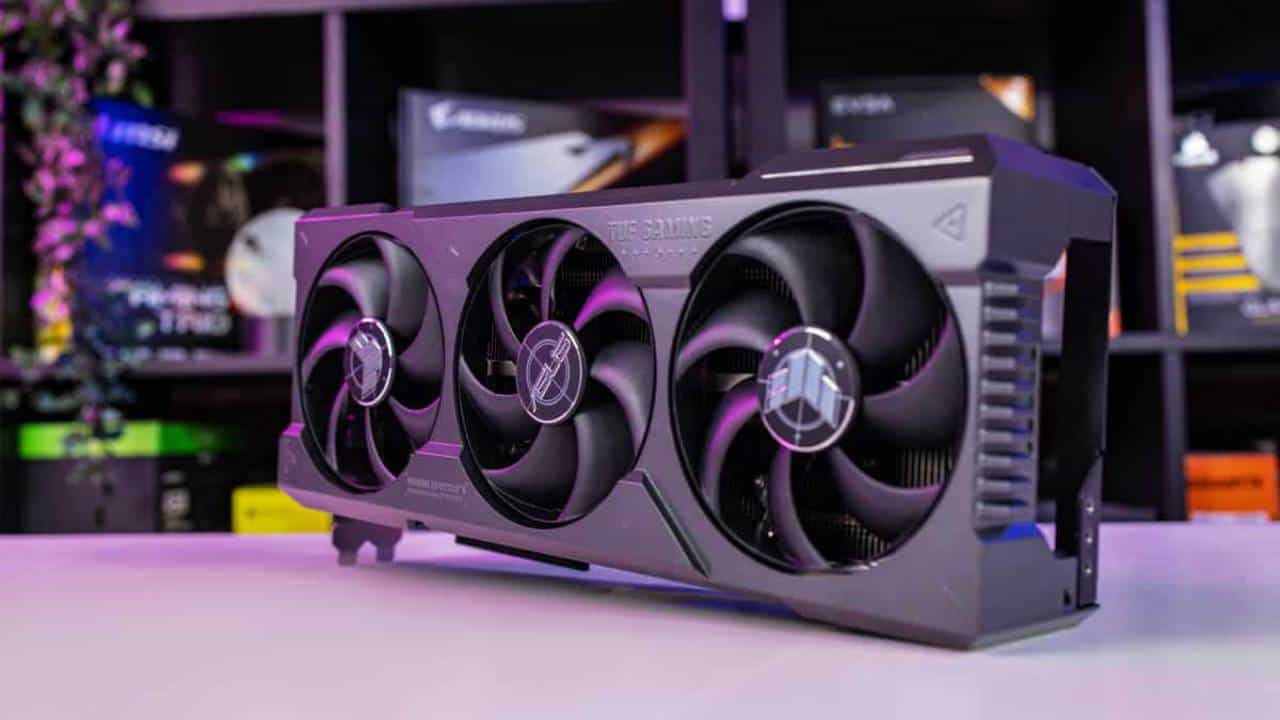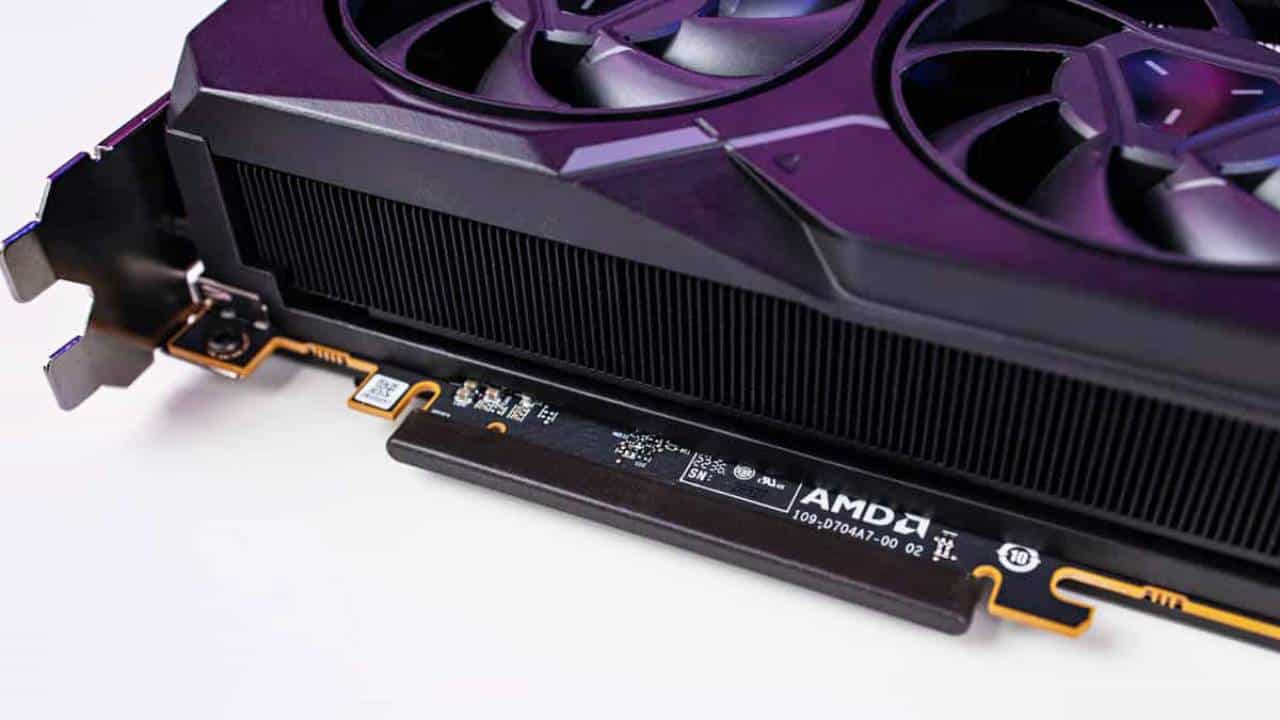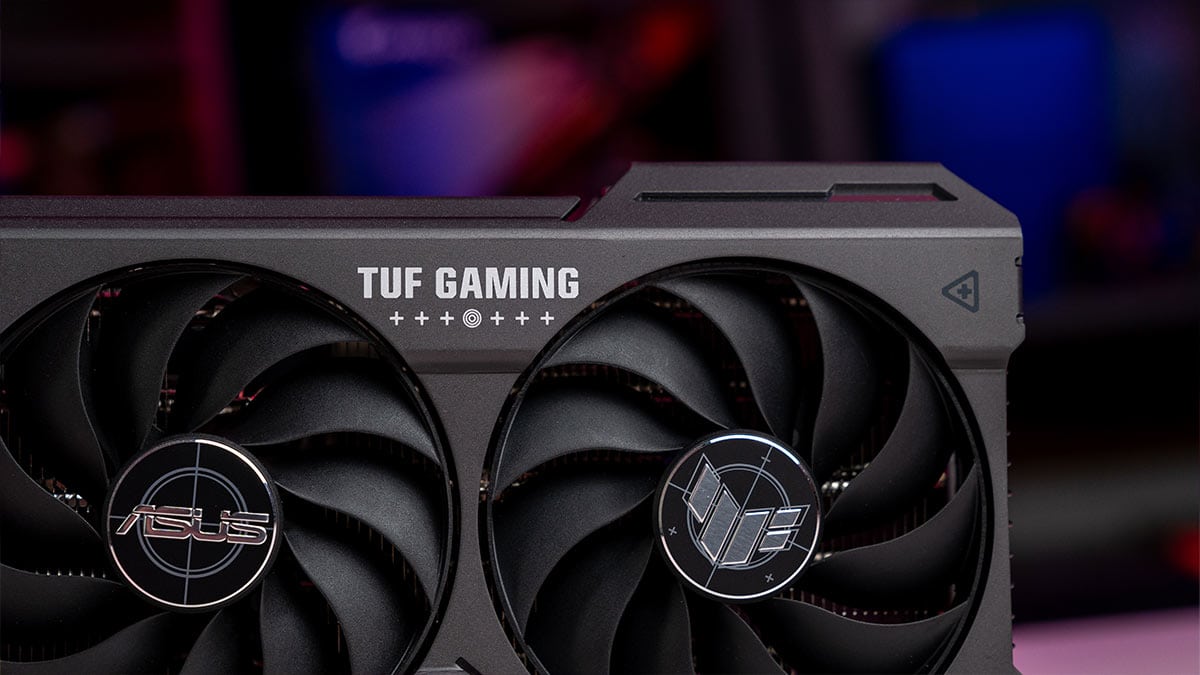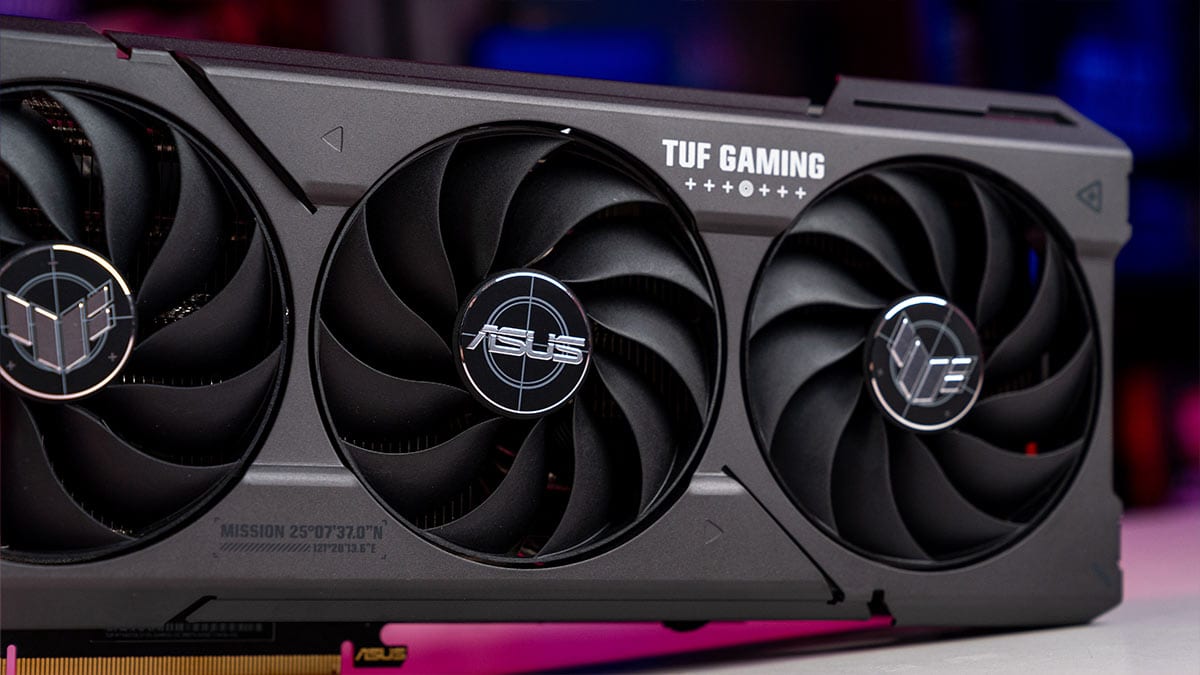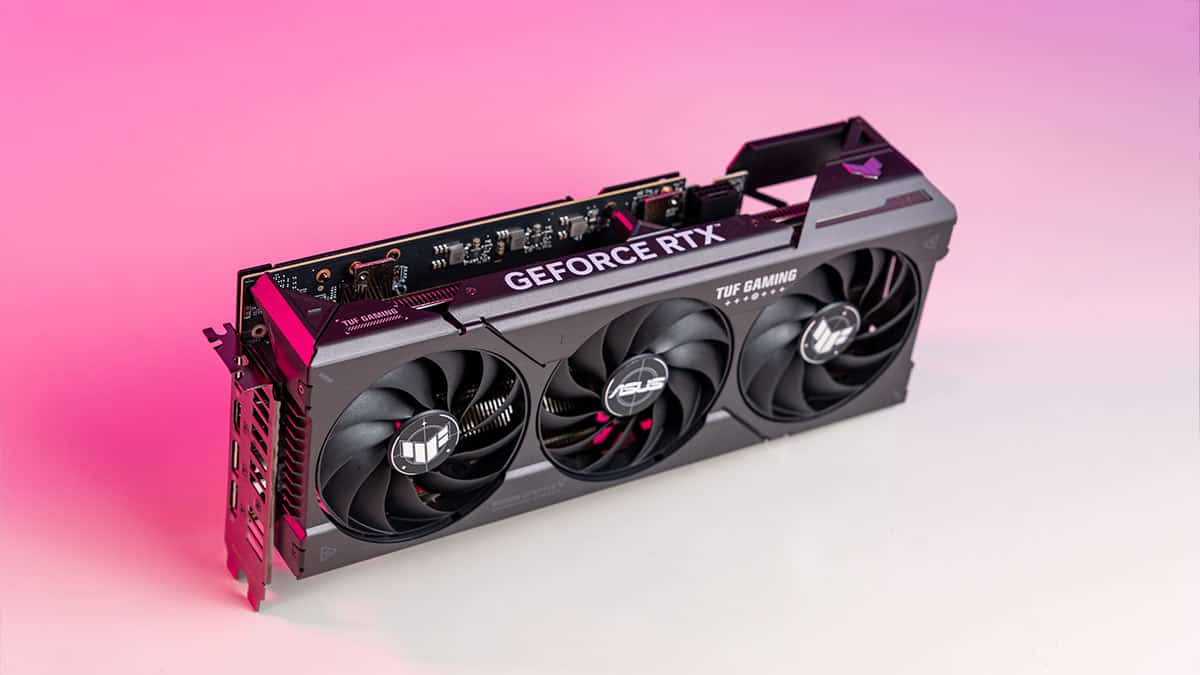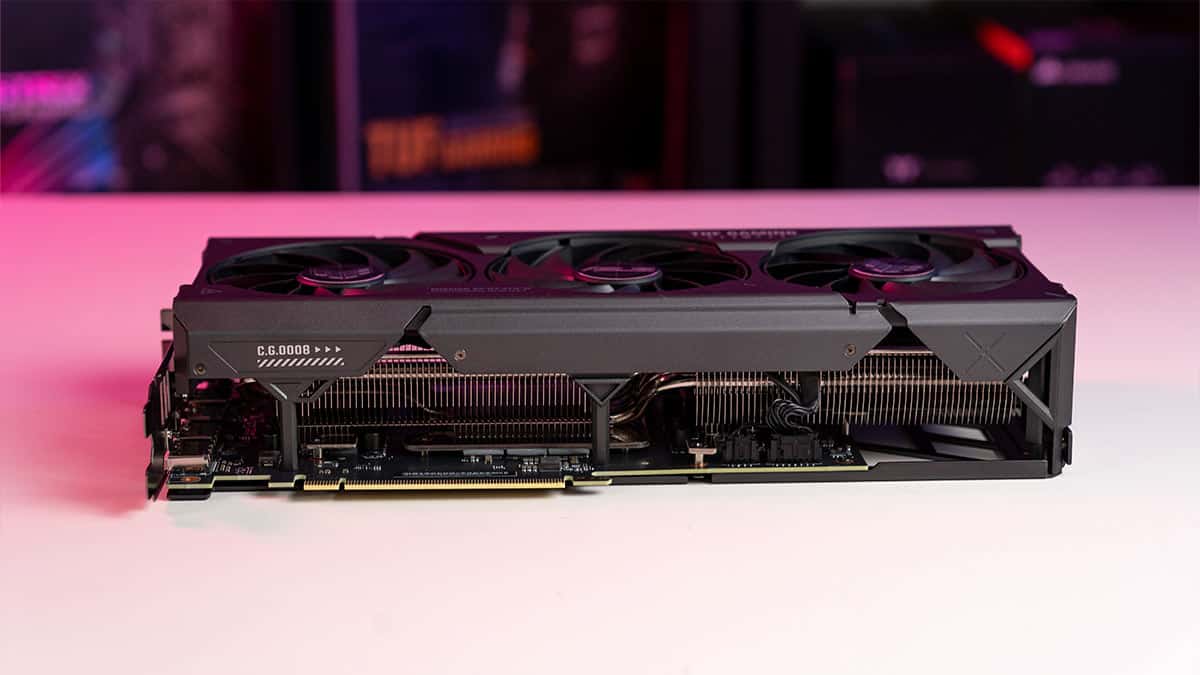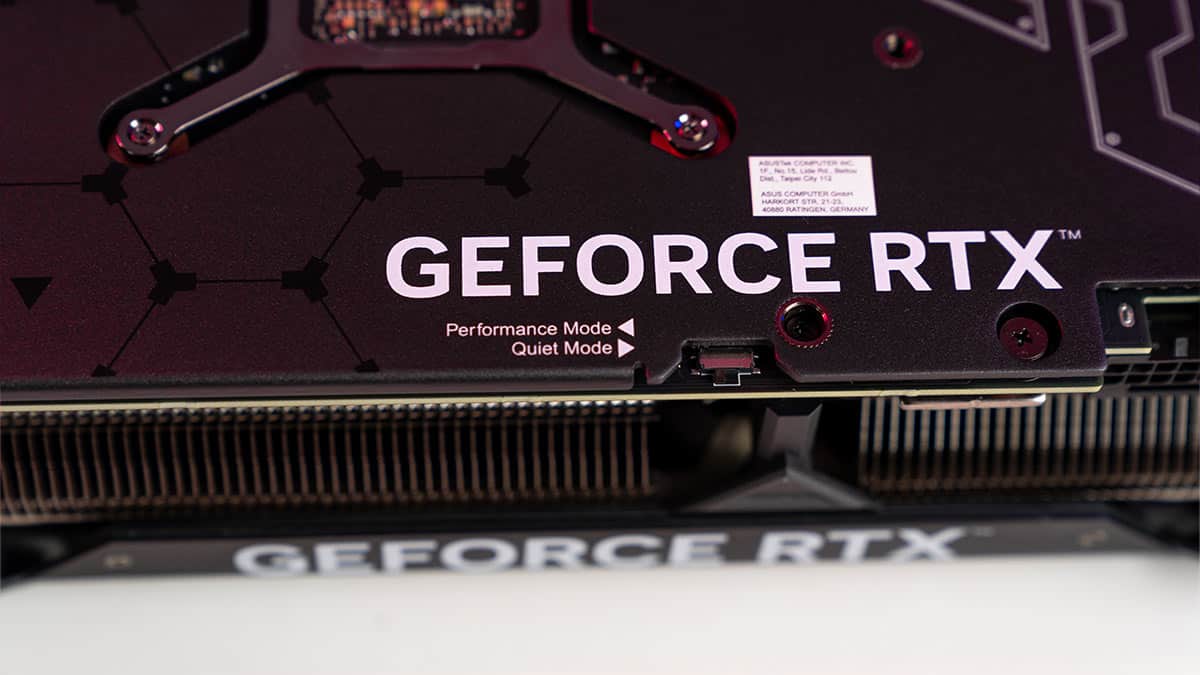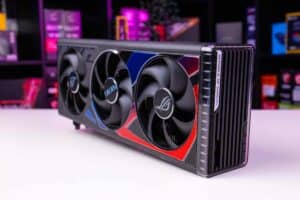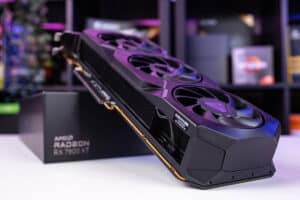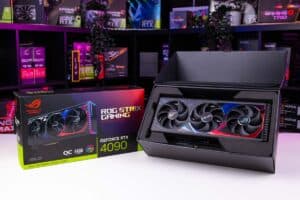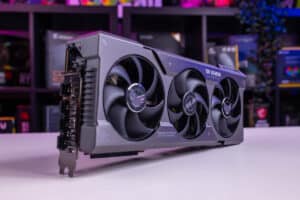Best GPU for i7-12700K: our top graphics cards for the 12700K
Here are the best GPUs to pair with the 12700K

WePC is reader-supported. When you buy through links on our site, we may earn an affiliate commission. Prices subject to change. Learn more
When choosing the best GPU for the i7-12700K, you need to decide what the use case is for the system you are building. If you don’t need a lot of power you can save some unnecessary spend, but on the flip side, you don’t want to end up with an underwhelming system. Here we have outlined the best GPUs that pair well with the 12700K, taking some of the headache out of selecting compatible components that won’t cause a heavy bottleneck.
Sitting in the center of the lineup of 12th-gen CPUs, the 12700K offers a range of what the Intel CPUs in the generation can bring to the table. With the middle of a pack offering a good solution for value and performance. But you want to match its capabilities and the best GPU for it will be the optimal option for it.
Products at a glance
-
Best GPU for 12700K
Gigabyte RTX 4080 SUPER 16GB WINDFORCE V2
- Core clock speed: 2,550MHz boost, 2,295MHz base
- CUDA cores: 10,240
- Memory: 16GB GDDR6X
- Dimensions: 330 x 136 x 58 mm
- PSU required: 750W
- TBP: 320W
-
Runner UP
AMD Radeon RX 7800 XT
- Core clock speed: 2,430MHz boost, 2,124MHz game
- Stream processors: 3,840
- Memory: 16GB GDDR6
- Dimensions: 267 x 111 x 50mm
- PSU required: 600W
- TBP: 263W
-
Value Pick
ASUS TUF Gaming GeForce RTX 4070 Super OC
- Core clock speed: 2565 MHz boost, 1980 MHz base
- CUDA count: 7,168
- Memory: 12GB GDDR6X
- Dimensions: 301 x 139 x 63 mm
- PSU required: 750W
- TBP: 220W
-
Budget pick
Predator BiFrost Intel Arc A770 OC
- Core Clock Speed: 2.20 GHz
- Shading units: 4,096
- Memory Size: 16 GB GDDR6
- Dimensions: 267 x 117 mm, 2-slot
- PSU Required: 650 W
- TBP: 225 W
How we test the best GPU for 12700K
When choosing the best GPU to pair with the Core i7-12700K, we aim for top-tier performance without bottlenecking, which is why our focus is heavily centered on power and efficiency. Our selection process involves heavy testing in both synthetic benchmarks and practical, real-world benchmarks, including gaming, rendering, and demanding productivity tasks.
As well as performance, we also consider visual design, power requirements, and overall build quality to offer well-rounded, relevant recommendations. This thorough testing allows us to confidently endorse products that we trust and use ourselves. For more details on how we test GPUs at WePC, feel free to explore our dedicated testing page.
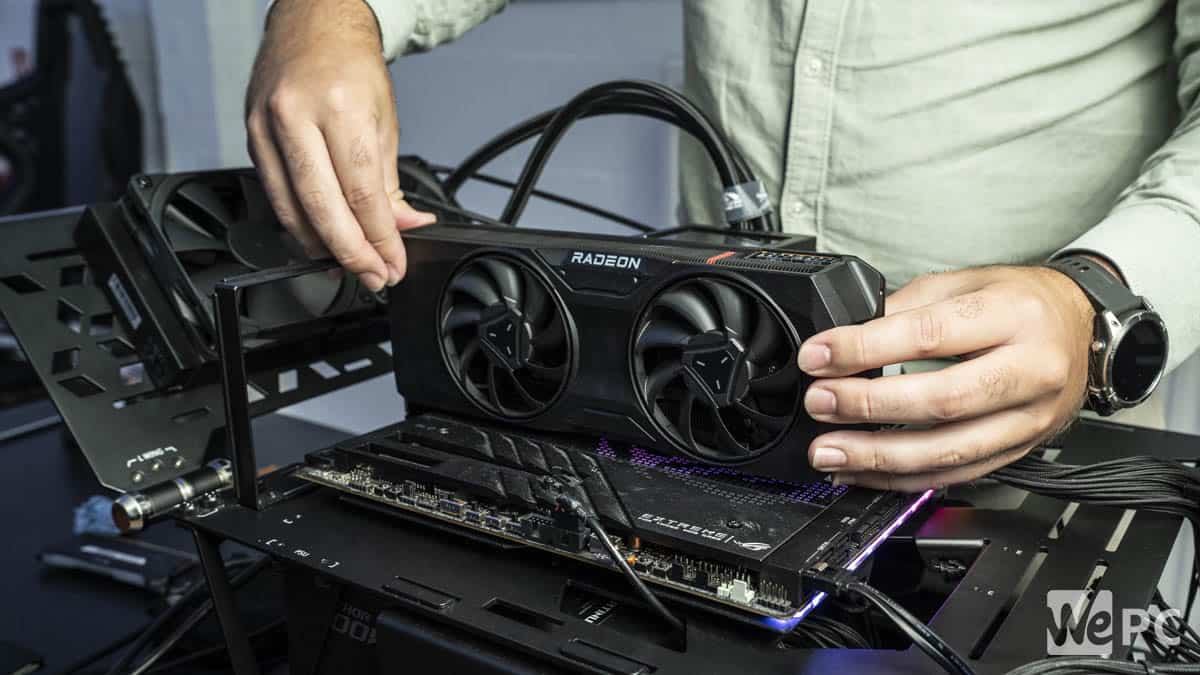
Best GPU for i7-12700K
Below you can our top picks for the 12700K, providing a good range of options to suit your needs and budget. the 12700K is still a capable CPU even though it’s a few generations old, so the GPU we pair it with needs to reflect that.

- Core clock speed: 2,550MHz boost, 2,295MHz base
- CUDA cores: 10,240
- Memory: 16GB GDDR6X
- Dimensions: 330 x 136 x 58 mm
- PSU required: 750W
- TBP: 320W
- Memory clock: 23 Gbps
- Memory bus: 256-bit
- Card bus: PCIe 4.0 x16
- Output : 1x HDMI 2.1, 3x FP 1.4a
- Power connectors: 1x 16-pin
The RTX 4080 is obviously one of the higher-end GPUs we could have picked, and that’s why it takes the top spot. DLSS 3 and a whole lot of power are going to get you through practically any AAA game, with capabilities dabbling in the 4k range of resolutions.
- $200 less than 4080
- Second to top performance for less
- Well thought out design expecially considering power connector
- Still on AD103 and only 16GB of VRAM
- Still an expensive 80 series GPU
One of the top GPUs you can pick up right now is the RTX 4080 Super. Coming as an upgrade to the Ada architecture lineup, it does provide a strong Nvidia GPU for the job whatever you may need it for. With high-flying frames and competent ray tracing performance, there is plenty to offer with this high-end GPU.
The RTX 4080 Super has 16 GB of GDDR6 VRAM on the card, along with 10,240 CUDA cores, 320 TMUs, 112 ROPs, 80 SMs, 320 tensor cores, and 80 RT cores. It only falls behind the RX 7900 XTX and RTX 4090 but Team Green does provide the preferred choice, and this is slightly cheaper than the flagship especially as the 90 is in high demand. High-performance gamers can enjoy a high refresh rate across the board and are an excellent choice for an all-around good addition to a gaming PC.
As we found in our RTX 4080 Super review, we found its capabilities to bring high performance to the table for a better price. Of course, it’s still rather high but offers hundreds of FPS at 1080p and 1440p with 4K still bringing a playable frame rate to enjoy your GPU.

- Core clock speed: 2,430MHz boost, 2,124MHz game
- Stream processors: 3,840
- Memory: 16GB GDDR6
- Dimensions: 267 x 111 x 50mm
- PSU required: 600W
- TBP: 263W
- Launch price: $499
- Availability: September 6th, 2023
- GPU Name: NAVI 32
- Architecture : RDNA 3
- Process size: 5 nm
- Die size: 346mm
- L3 Cache: 64 MB
- Bandwidth: 624.1 GB/s
- Memory Bus: 256 bit
- Compute units: 60
- RT Cores: 60
The AMD RX 7800 XT is a fantastic choice if you want to game at 1440p resolutions, and sometimes 4K with the help of FSR upscaling. It also comes in at way less than $1,000, so you can invest that money elsewhere. If you want to go the Ray tracing route, though RDNA 3 made many improvements over RDNA 2, Nvidia is still the best option for that.
- Dual fan makes it small but still capable of staying cool
- Great bang for the buck
- Superseded by the 7900 XT that isn’t much more expensive nowadays
As the second best option, the RX 7800 XT is the option to go for. Cutting down the price for the RDNA 3 choice of cards, the AMD GPU achieves high frame rates at even 1440p, pushing 4K at a more base level. Although it does fall behind Nvidia on ray tracing and rendering performance. But it is a fantastic card overall for gaming and streaming workloads and will pair beautifully with the 12700K.
For the number of cores, you get 3,840 streaming units, 240 TMUs, 96 ROPs, 60 CUs, 60 RT cores, and 16GB of GDDR6. It sits nicely behind the 7900 XT and is still ahead of the 7700 XT providing a strong value to enjoy AAA gaming. It also enjoys the support of Radeon drivers as well with the likes of additional RSR that can boost its capabilities across the board as well.
In our review of the 7800 XT, the GPU proved itself as a capable performer in the gaming space, It may not be able to compete with the top offerings from Nvidia, but it never really tried to. This GPU is far, far less money than anything you will find at the top end of the Nvidia scale and offers fantastic price to performance. It’s a strong contender if you want to make the most out of your 12700K without going skint.


- Core clock speed: 2565 MHz boost, 1980 MHz base
- CUDA count: 7,168
- Memory: 12GB GDDR6X
- Dimensions: 301 x 139 x 63 mm
- PSU required: 750W
- TBP: 220W
- Memory clock: 21Gbps
- Memory bus: 192-bit
- Card bus: PCIe 4.0 x16
- Output : 1x HDMI 2.1a, 3x DP 1.4a
- Power connectors: 1x 16-pin
The RTX 4070 Super is a fantastic card if you’re talking value for money. It offers so much better performance from more budget cards such as the 4060, it’s also about on parr with the 7800 XT. Once again you have DLSS 3, and fantastic Ray Tracing performance.
- Great build quality and design
- Strong value for the performance with 1440p and above resolutions
- A high cost model as it is much higher than MSRP
- Requires 16pin power connector and so an adapter is needed that has been hazardous
- Large size card can be harder to fit all cases
As for the Nvidia choice to pair up with the 12700K, the RTX 4070 Super is another strong contender for the job. As it sits as a strong value option as compared to its predecessor specifically. Providing an upgrade it provides a great intro to the Ada series as it does have a competent range of specs compared to the lower-end option.
It comes with 12GB of GDDR6X, 7,168 CUDA cores, 224 TMUs, 80 ROPs, 56 SMs, 224 Tensor cores, and 56 RT cores. Now sitting ahead of the 4060 Ti and original 4070 but before the 4070 Ti and Ti Super. We found the card’s capabilities in our RTX 4070 Super review bringing an exceptional framerate for 1080p and 1440p gaming, but lacking what 4K can achieve.
The RTX 4070 Super is a fantastic choice of GPU, as we mentioned in our review. It offers much better value than the standard 4070, as there is a little more power to play with regarding the specifications. This adds to the “bang for the buck” value that this GPU holds.

- Core Clock Speed: 2.20 GHz
- Shading units: 4,096
- Memory Size: 16 GB GDDR6
- Dimensions: 267 x 117 mm, 2-slot
- PSU Required: 650 W
- TBP: 225 W
- Memory Clock: 16 Gbps
- Memory Bus: 256 bit
- Card Bus: PCIe 4.0 x16
- Output: 1x HDMI 2.1, 3x DisplayPort 2.0
- Power Connectors: 2x 8-pin
The Intel ARC A770 is Intel’s crowning achievement into dedicated GPU Hardware. It’s low cost and high price to performance make this an attractive pick a GPU under $400. This GPU gets better with every driver update, sometime down the line, the ARC series could be up there with the best of them.
- Overclocked model gives the top performance in the range
- Still a cheap alternative to other offerings at the performance level
- Great new design from Predator that is new to the market
- A more expensive option than MSRP
- Drivers still have spotty issues depending on the game
- Model has a high coil whine at large loads
The Arc A770 is one of the best bang-for-the-buck CPUs to pair with the 12700K, and it gets better with every driver update that is pushed to it. One of the main reasons to pick up this GPU is if you’re on a tighter budget and want to get the job done.
Built on the Alchemist architecture, the ARC A770 utilizes the ACM-G10 GPU variant, manufactured using TSMC’s 6nm process. It has a die size of 406mm, housing 21.7 billion transistors for a density of 53.4M/mm. Packed into this are 4,096 shading units, 256 texture mapping units (TMUs), 128 render output units (ROPs), 512 execution units, 512 tensor cores, and 32 ray tracing cores.
As highlighted in our reviews, the ARC A770 is equipped with 16GB of GDDR6 memory, clocked at 16Gbps over a 256-bit memory interface, providing a bandwidth of 512 GB/s. This configuration ensures smooth performance for 1440p gaming, without demanding lots of power, as it has a TDP of 225W. Despite a few inconsistencies in certain games, the card offers excellent value for those on a budget, making it a viable choice for the 12700K,
What GPU does the 12700K have?
The i7-12700K has integrated graphics onboard the processor. Which are the UHD 770 graphics with 32 execution units. These are clocked at 300 MHz with a boost of up to 1.5 GHz. But these should only be used for basic display, and gaming will require a discrete card. You can use this iGPU to drive a display if you are still saving up for a dedicated GPU. it won’t play games too well, but it’ll do the job.
Will a 12700K bottleneck a 3080?
No, the 12700K does not bottleneck the 3080 and pairs up nicely together. That provides you with a strong gaming PC with the combination of performance without the CPU holding back the GPU capabilities. It moves the bottleneck slightly towards the GPU which it should be at.

